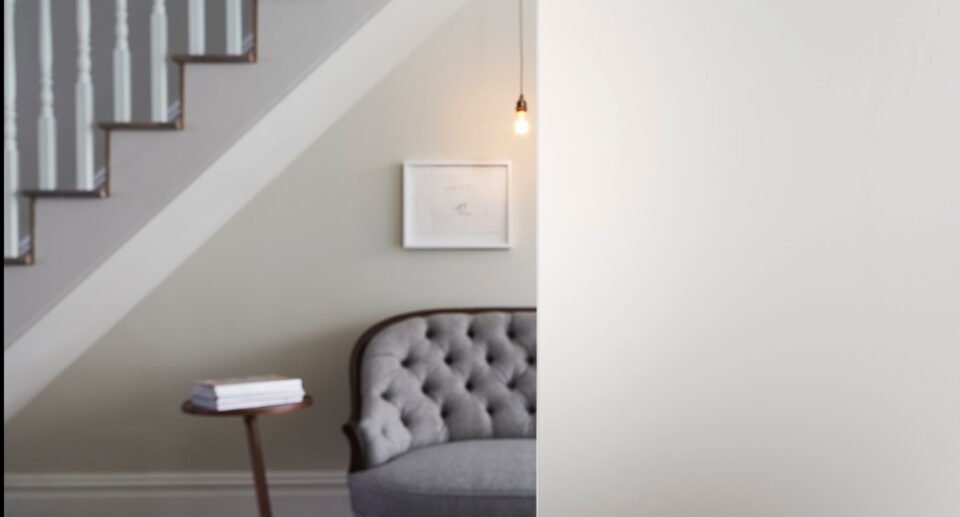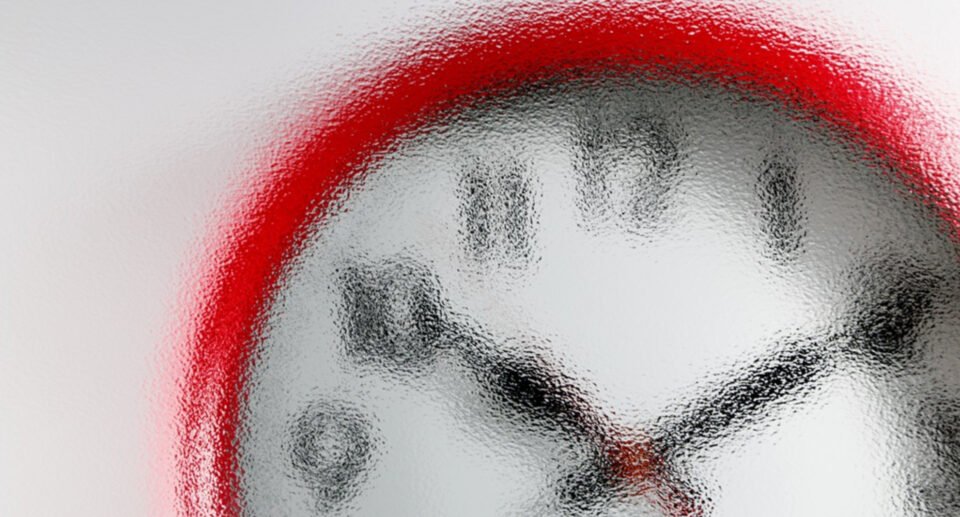Satin Glass: A Guide to its Characteristics and Uses

Table of Contents
ToggleSatin glass is a type of frosted glass that has a smooth and durable surface. It is designed to allow light transmission while providing privacy.
Satin glass is available in various thicknesses, sizes, shapes, and edgework options for doors, windows, partitions, and other applications.
One of the key characteristics of satin glass is its ability to obscure what is behind it while still allowing light to pass through. This makes it an excellent choice for applications where privacy is important, such as bathrooms, bedrooms, and offices.
Satin glass is also easy to clean, making it a low-maintenance option for many different settings.
Satin glass has a modern appearance that can enhance the aesthetic appeal of any space. It is available in a range of styles and finishes, including acid-etched frosted glass and sandblasted glass.
Satin glass can be used in a variety of applications, including doors, partitions, table tops, and more. It is a versatile material that can be customised to meet the specific needs of any project.
Key Takeaways
- Satin glass is a frosted glass that provides privacy while allowing light to pass through.
- It is easy to clean and has a modern appearance that can enhance the aesthetic appeal of any space.
- Satin glass is a versatile material that can be customised to meet the specific needs of any project.
Characteristics of Satin Glass
Satin glass is a type of decorative glass that has gained popularity in recent years due to its unique visual and tactile qualities. It is created by undergoing a special treatment process that alters the surface of the glass to create a smooth and diffused finish.
This section will explore the characteristics of satin glass, including its visual and tactile qualities, light and privacy features, and strength and safety features.
Visual and Tactile Qualities
Satin glass has a smooth finish that gives it a silky, matte appearance. The glass can be etched or sandblasted to create a variety of patterns and designs that add to its aesthetic appeal.
Satin glass is available in a range of thicknesses, from 3mm to 12mm, and can be tinted in various shades, including bronze, gray, green, and blue. The glass can also be frosted, which further diffuses the light and enhances its privacy features.
Light and Privacy
Satin glass is an excellent choice for those who want to let natural light into their homes while maintaining their privacy. The glass is opaque enough to obscure the view from the outside, but still allows light to pass through.
The further away objects are from the glass, the more opaque it becomes. This makes it an ideal choice for en-suites, utilities, and glass door situations. However, for family bathrooms, sandblasting both sides or opting for a solid-colored laminate is recommended for complete privacy.
Strength and Safety Features
Satin glass is durable and robust, making it an ideal choice for a range of applications. It can be laminated for added safety, which means that if the glass is broken, it will stay in place, reducing the risk of injury.
Satin glass is also available with Pilkington Optifloat Opal, which provides additional strength and safety features. The glass is acid-etched and polished for an easy-clean finish, which further enhances its safety features. It has the highest privacy level at 5 on the scale of 1-5.
Applications of Satin Glass
Satin glass is a versatile material that can be used in a variety of applications, from residential to commercial projects. This section will explore some of the common uses of satin glass, highlighting its unique properties and benefits.
Residential Use
In the residential setting, satin glass is often used in doors, windows, and shower screens to provide privacy while still allowing natural light to pass through.
Satin glass is an excellent choice for bathrooms, as it can withstand the moisture and humidity that are common in these spaces. It is also an ideal material for partitions, as it can create a sense of separation without completely blocking off a space.
Satin glass can be processed in a variety of ways to achieve different effects. For example, annealed satin glass is a type of tempered glass that has been heat-treated to increase its strength and durability.
Acid-etched satin glass is chemically treated to create a frosted appearance, while sandblasted satin glass is blasted with sand or other abrasive materials to create a textured surface.
Commercial Projects
In the commercial setting, satin glass is often used in bespoke projects, such as tabletops and decorative panels. It can also be used in partitions and doors to create a sense of privacy and separation without completely blocking off a space.
Satin glass is an excellent choice for these applications because it is easy to clean and maintain, and it can withstand the wear and tear of daily use.
One example of a commercial project that uses satin glass is the Guardian SatinDeco range. This range of acid-etched satin glass is designed for use in interior design and architectural applications. It is available in a range of colours and patterns, making it a versatile material for a variety of projects.
Frequently Asked Questions
Satin glass and frosted glass are both types of decorative glass that offer varying degrees of privacy. The main difference between the two is the texture and appearance.
Satin glass has a smoother texture and finish than frosted glass, which has a more opaque and grainy appearance. Satin glass also allows more light to pass through than frosted glass, making it a better choice for areas where natural light is important.
Satin glass is an excellent choice for bathroom windows and shower doors because it offers a high level of privacy.
The etched frosted appearance of satin glass diffuses light, making it difficult to see through while still allowing natural light to enter the bathroom. This makes it an ideal choice for creating a private and relaxing atmosphere in the bathroom.
Satin glass can be more expensive than standard clear glass options. However, the cost will depend on the size and thickness of the glass, as well as the supplier.
It is important to compare prices from different suppliers to ensure that you are getting the best value for your money.
Satin glass offers a high level of privacy, but visibility can still be maintained through the glass.
This makes it an ideal choice for front door designs, where homeowners can see who is at the door without compromising on privacy. However, the level of visibility will depend on the lighting conditions both inside and outside the home.
Satin glass is an excellent choice for front door designs because it offers a high level of privacy while still allowing natural light to enter the home.
It is also more durable than standard clear glass options, making it less likely to break or shatter. Additionally, satin glass can enhance the aesthetic appeal of the home, giving it a modern and stylish look.
Pilkington’s version of satin glass is known as Pilkington Optifloat™ Opal. It offers all the benefits of traditional satin glass, including a high level of privacy and excellent light transmission. However, it also boasts superior optical clarity. This makes it a better choice for areas where visibility is important.
Pilkington Optifloat™ Opal is also available in a range of thicknesses. This makes it suitable for a variety of applications.

Hello, I’m Keith Jones. I’m the author and head of content here of door and window guide. I’ve been in the window and door industry for over 10 years in the UK and North America. I’ve had quite a few roles during my career mainly in Worldwide sales. I’m now semi retired so I thought I’d put my knowledge to good use educating people about all they might need to know about door and window related topics.






